For generations, Disney princesses have captivated the hearts and imaginations of children and adults alike, bringing enchanting stories to life through animated films. These iconic characters, with their timeless beauty and compelling narratives, have become an integral part of our cultural landscape. However, in recent years, a new wave of Disney magic has emerged with the release of live-action adaptations of beloved classics. This has sparked a fascinating debate about how these princesses are reimagined and brought to life on the big screen.
From the fairytale beginnings of Snow White, Cinderella, and Sleeping Beauty, to the more independent and adventurous spirits of Ariel, Belle, and Mulan, the Disney princess pantheon has evolved over time. With animated films providing the foundation for their timeless legacies, it is no wonder that the transition to live-action adaptations has sparked curiosity and intrigue among fans worldwide.
Whether you find yourself captivated by the ethereal allure of the animated princesses or intrigued by the humanity and relatability of their live-action counterparts, there is no denying the indelible impact these characters have had on popular culture. Join us as we compare and contrast the enchanting worlds of Disney princesses in cartoons and live-action versions.
Belle: Beauty and the Beast (1991) vs Beauty and the Beast (2017)
“Beauty and the Beast” (1991) and “Beauty and the Beast” (2017) offer distinct interpretations of the beloved fairytale. The 1991 animated film captivated audiences with its timeless charm, showcasing the enchanting love story between Belle and the Beast through vibrant animation and memorable musical numbers. In contrast, the 2017 live-action adaptation aimed to bring a touch of realism to the tale, with enhanced visual effects and a more nuanced portrayal of the characters. The live-action version delved deeper into the backstory of Belle and the Beast, providing additional depth and complexity to their relationship. While both films capture the essence of the fairytale, the 2017 adaptation offers a fresh take with its visually stunning and emotionally rich approach.


Ariel: The Little Mermaid (1989) and The Little Mermaid (2023)
In the 1989 animated film, Ariel is depicted with her signature fiery red hair, conveying her adventurous spirit and longing for a different world. However, the 2023 live-action adaptation introduces a reimagined appearance for Ariel, while retaining the red hair, reflecting a more realistic and modern aesthetic. Furthermore, the casting of Halle Bailey as Ariel brings a significant shift in representation, offering a more diverse perspective to the character and expanding the cultural landscape of Disney princesses. These differences highlight the evolution and reinterpretation of Ariel’s character, catering to the expectations and sensibilities of different eras and audiences.


Mulan: Mulan (1998) and Mulan (2020)
The 1998 animated film captures Mulan’s journey of self-discovery as she disguises herself as a man to take her father’s place in the army, emphasizing themes of bravery and honor. In contrast, the 2020 live-action adaptation explores a more serious and realistic tone, delving deeper into Mulan’s personal growth and empowerment while highlighting her unique connection to Chi, a form of inner strength. The live-action film also incorporates more cultural authenticity and showcases a greater emphasis on Mulan’s martial arts abilities. Overall, the two films differ in their storytelling approaches and thematic focuses, showcasing the evolution of Mulan’s tale for different generations.


Jasmine: Aladdin (1992) and Aladdin (2019)
The 1992 animated film depicted Jasmine as a strong-willed and independent character who yearned for freedom and equality. She challenged societal norms and longed for a life beyond the palace walls. In the 2019 live-action adaptation, Jasmine’s character was further developed to emphasize her power and voice. She became a more assertive figure, actively engaging in political matters and striving to become Sultan herself. This reinterpretation provided a more modern and empowering representation of Jasmine, highlighting her determination to shape her own destiny and champion social change.


Aurora: Sleeping Beauty (1959) and Maleficent (2014)
In “Sleeping Beauty” (1959), Aurora was the quintessential fairytale princess, known for her ethereal beauty, innocence, and the curse that put her into a deep sleep. She was a symbol of purity and grace, embodying the classic Disney princess archetype. However, in “Maleficent” (2014), the story took a daring twist as it presented a fresh perspective on Aurora. Here, she became a more complex character, with depth and agency beyond her original depiction. The film explored her unique connection with Maleficent, the supposed villain, revealing Aurora’s strength, compassion, and her ability to see the good in others. This reimagined Aurora challenged traditional fairy tale tropes, showing that there is more to her than just a damsel in distress, and inviting audiences to see her in a new light.


Snow White: Snow White and the Seven Dwarfs (1937) and Snow White (2024)
Hold onto your poisoned apples, because Snow White is stepping into a new era! We don’t know exactly how Snow White will differ in the new live action that’s supposed to come out next year, but we’re already on the edge of our seats. Considering the fact that Snow White is going to be played by Rachel Zegler and Gal Gadot (of Wonder Woman fame) is set to play the Evil Queen, we can’t wait for what is sure to be a stunning transformation.


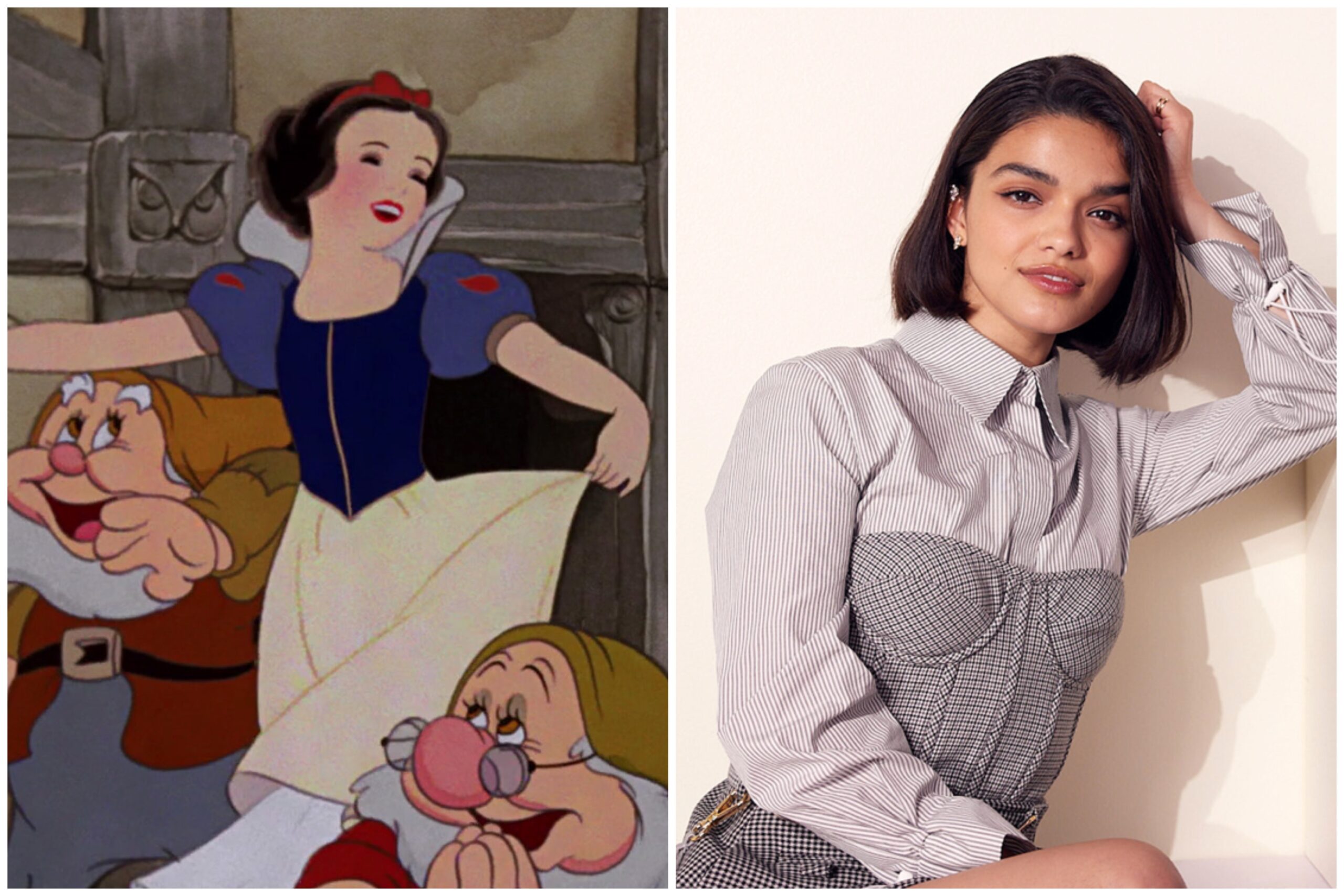

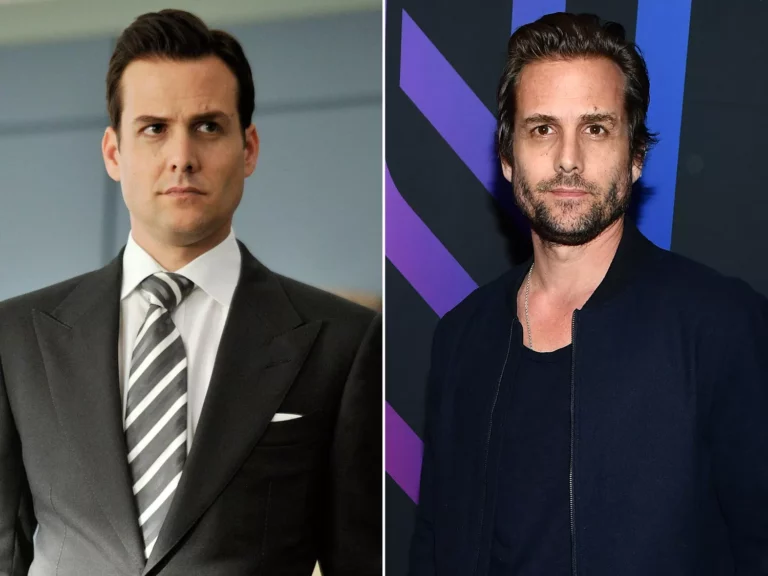
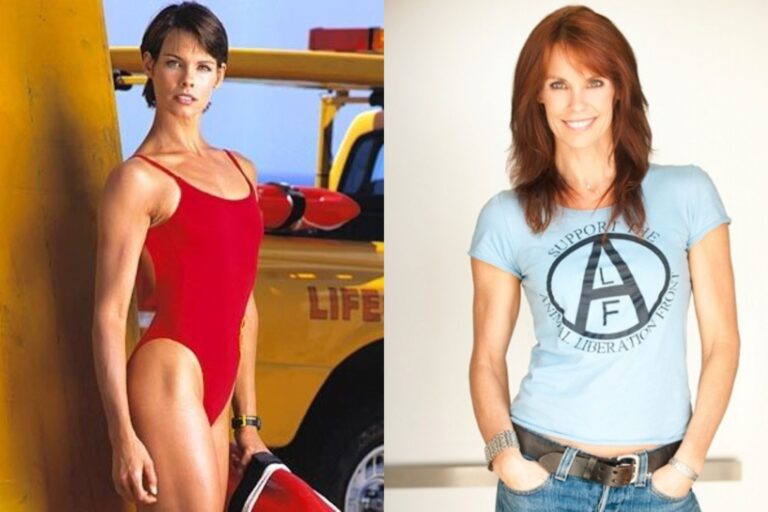




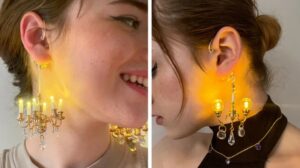
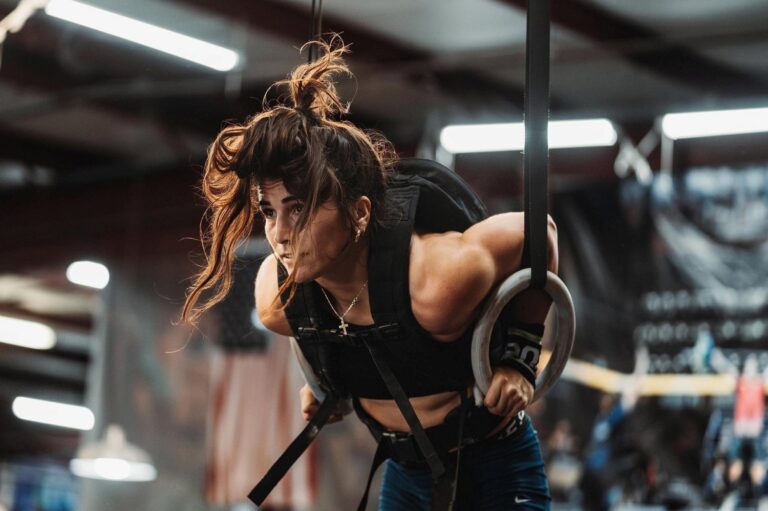


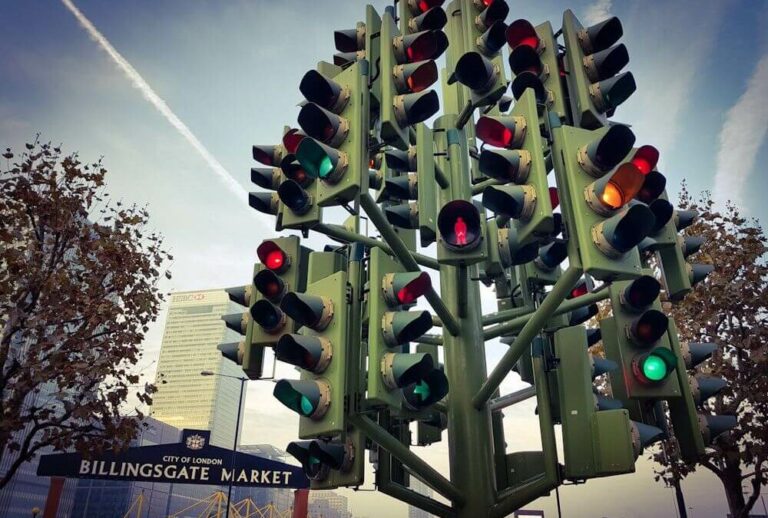
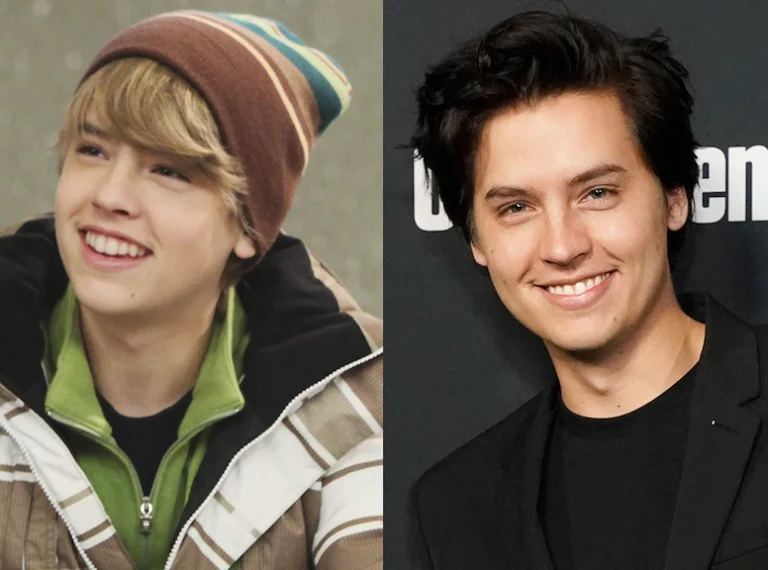
+ There are no comments
Add yours